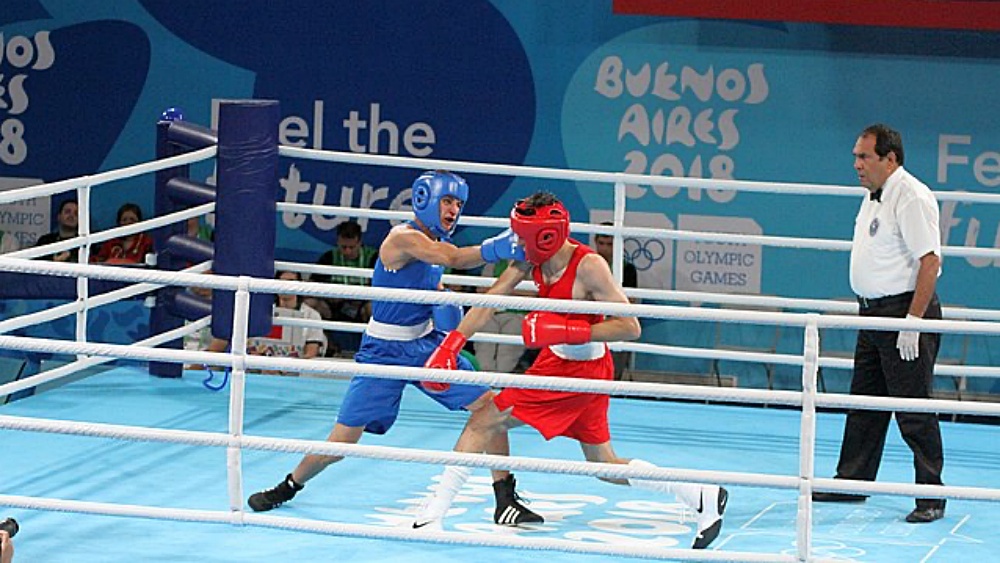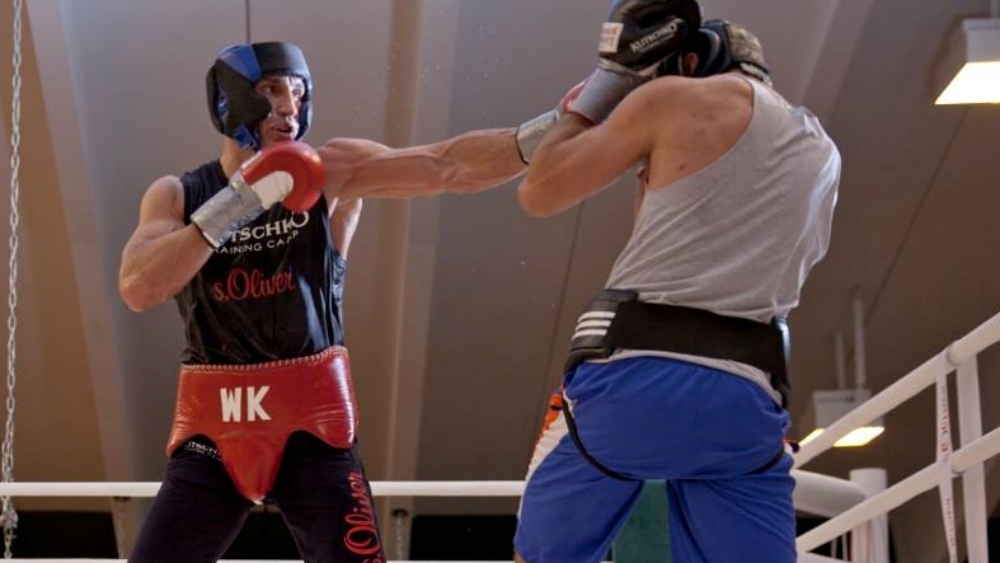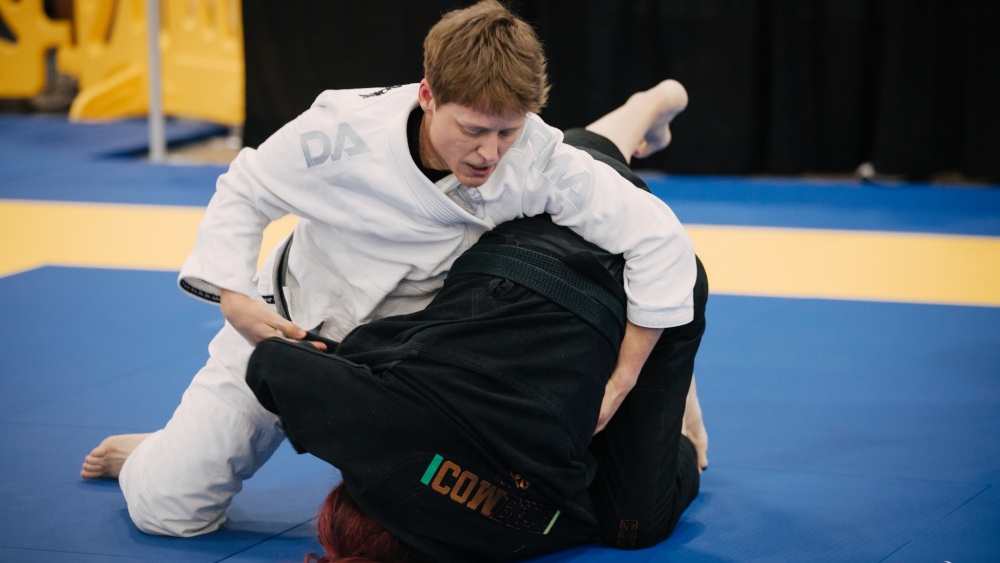While offense is the primary component of boxing — landing your combinations, hitting your opponent with effective counterpunches, and scoring knockouts — it isn’t the only aspect of boxing you, as a fighter, should be focusing on. In order to secure victory, you must also focus on developing your defense.
Victory comes much easier with sound defensive tactics. Defense deters opponents from launching effective attacks, and in most cases, good defense takes the spirit out of your foes.
Defense is an integral part of a boxer’s skill set. Having the basic defensive techniques is essential to your development as a fighter. Some of the greatest boxers in history have employed tremendous defenses which have brought them immense success. Guys such as Floyd Mayweather Jr., Pernell Whitaker, and Muhammad Ali all had great defense, and have built their legends because of it.
Most people, however, especially beginners, fail to train themselves on the defensive end. As a result, their defense is severely lacking and when they are thrust into situations where they need it, the foundation of skill is totally unreliable.
There are a plethora of defensive boxing techniques available at your disposal.
Want to upgrade your defense? Today, Evolve Daily shares five defensive techniques you should be using in boxing.
1) Bobbing and Weaving
Bobbing and weaving in boxing is essential to a good defense. Head movement is the foundation. By constantly shifting your head position up and down, and side to side, in different patterns and paces, opponents have difficulty pinning down the right timing. This makes you a moving target, erratic and much harder to hit.
This sort of active head movement does well in keeping opponents hesitant to commit and throw punches. When executed correctly, it can disrupt an opponent’s rhythm enough to throw them completely off their game. This makes bobbing and weaving a key element to any defensive strategy.
Practice performing various bobbing and weaving focus drills alone, or with a trainer on the mitts. Make it a point to actively move your head during shadow boxing. It will soon become second nature to you, and you’ll be much more difficult to hit clean.
2) Slipping
Different from bobbing and weaving, slipping punches is a reactionary defensive tactic and requires great reflexes. By anticipating an opponent’s punch, you have the choice to either slip to the left or to the right ever so slightly, causing them to miss. At this point, you have the ability to land a counter strike that your opponent will most likely not be prepared for.
Slipping is still an essential part of head movement in boxing, of which its importance cannot be stressed enough. However, it is much harder to get right due to the difficulty of execution. Practice slipping punches both on the focus mitts and in sparring. During shadow boxing, envision an imaginary opponent and perform your slip movements in front of a mirror.
After you have mastered slipping punches, as well as bobbing and weaving, you will become extremely difficult to hit and opponents will get frustrated between rounds because they are unable to land anything of significance.
3) Parrying
An effective parry is a tremendous weapon to have in your defensive arsenal and is often used to set up devastating counter shots. Parrying is to deflect an opponent’s punches with your hands, redirecting the motion and trajectory of the punch causing your opponent to miss. For a brief second after a successful parry, your opponent is then left wide open and vulnerable.
Parrying, however is one of the most difficult defensive techniques to add to your repertoire. It also requires not only great reflexes but also split-second reactive times and the ability to get a good read on opponents.
By paying attention to an opponent’s in-ring habits and tendencies, you can get a better grip of their style and what particular punches they like to throw at certain times. This analysis of an opponent’s offense will allow you to better anticipate his punches, thus allowing you to execute parries much easier.
4) Clinching
While clinching is illegal under the traditional Marquess of Queensberry Rules, the reality is that boxing still has an element of clinching and most advanced boxers exhibit a certain degree of its use.
Clinching is the act of tying an opponent up or hugging in close quarters, to prevent opponents from using their arms to land punches on the inside. When used at the right moments, clinching is an effective defensive tactic to frustrate and render a certain amount of an opponent’s offense null and void.
Avoid excessive clinching, however, as this results in possible points deduction, or in some cases even disqualification.
Some of the greatest defensive tacticians such as Floyd Mayweather have used the clinch effectively throughout their careers. As such, the best way to hone clinching skills is through sparring.
Practice clinching your sparring partner whenever he comes in close. Tie up his arms and don’t let go until the referee separates you. Clinching is an effective defensive strategy against many different types of boxers.
5) Rolling
Last but certainly not the least is rolling with the punches.
In the sport of boxing, getting hit with a punch is all but guaranteed. If and when you do get hit, it’s up to your punch resistance to pretty much save the day. But there is also a way to minimize damage, and that’s by rolling with the punches.
Rolling with the punches is executed by twisting your body away from the momentum of your opponent’s punch. This minimizes the damage somewhat, whether it’s to the head or the body, because it softens the impact by taking away the explosiveness of an attack.
Be careful not to break line of sight for too long, however, as it does leave you open to follow up attacks from the blindside. But it is indeed an advanced technique that requires a lot of practice. Some of the greatest defensive boxers in history have put this technique to practice, and it has worked wonders for them.
If you’re going to hone this particular skill, do so under a controlled environment.
You may also like:
















